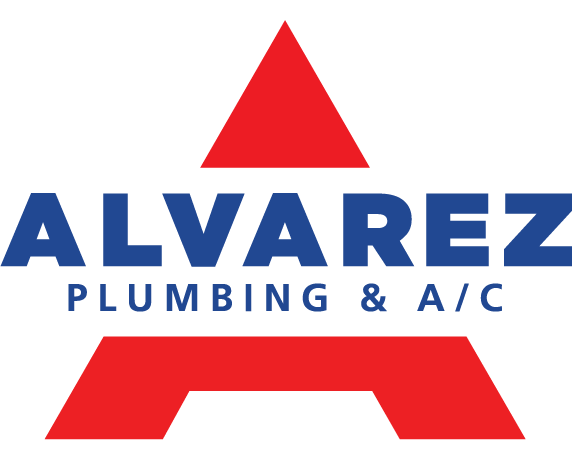Which is best for your health – brass, copper or PVC? The use of copper piping in home construction in the US started in the early 1960’s. By 1970, it was the material of choice among plumbers. It is estimated that 98% of homes built after 1970 have copper pipes. Despite public perception that copper pipes last forever, the average life of a copper pipe is about 20 years. The issue surrounding copper pipes lies within the home’s water pH level.
Water with pH below 6.5 can corrode copper pipes. This breakdown of the pipes introduces high levels of copper into your tap water, posing a serious health risk. It can also cause pinhole leaks, which can allow other containments in. The health risks associated with this problem include Alzheimer’s, gastro intestinal complaints, liver damage, schizophrenia, hypertension, stuttering, fatigue, headaches, muscle and joint pain, autism, childhood hyperactivity, depression, insomnia, senility, and premenstrual syndrome.
Once the dangers of copper pipes became better known, plumbers switched to brass pipes. However, research has highlighted problems with this option too. Brass products in plumbing systems can allow high levels of lead to leak into the drinking water. This is true even in brand new buildings. Lead is a heavy metal that can harm the central nervous system and brain development. It is especially dangerous for pregnant women and children.
Despite the health risks associated to lead, lead piping is still used because of its unique ability to resist pinhole leaks. In fact, some major US cities still have lead piping in their water filtration centers, which provide drinking water to homes and businesses. Contamination occurs when the dissolved oxygen in the water combines with the metal at the surface to form a metal oxide. This oxidation layer naturally develops through the decades to coat lead piping. When water conditions require it, water utilities add lime or other orthophosphates as a further barrier to prevent lead from getting into drinking water. The EPA has issued an online guide on certification markings for lead free products. It is essential to the nation’s health that lead piping systems be upgraded.
Plastic pipe, such as PVC (polyvinyl chloride, used for cold water only) and CPVC (chlorinated polyvinyl chloride, used for cold and hot water) have been around for years, and both are approved for use with drinking water. Neither can be described as environmentally friendly from a production or recycling point of view however, and the glue used to join them together contains some strong solvents as well. There is some concern about the leaching of chemicals that can give the water a plastic taste, although the taste usually improves after a few months.
Flexible PEX (cross-lined polyethylene used for both hot and cold water) tubing is becoming the pipe of choice for plumbers today, since it is easy to install. It too can impart a plastic taste to the water that goes away with time.
Hopefully, that has given you some food for thought, but remember, you don’t have to be an expert on this, that’s what we’re here for!



Recent Comments